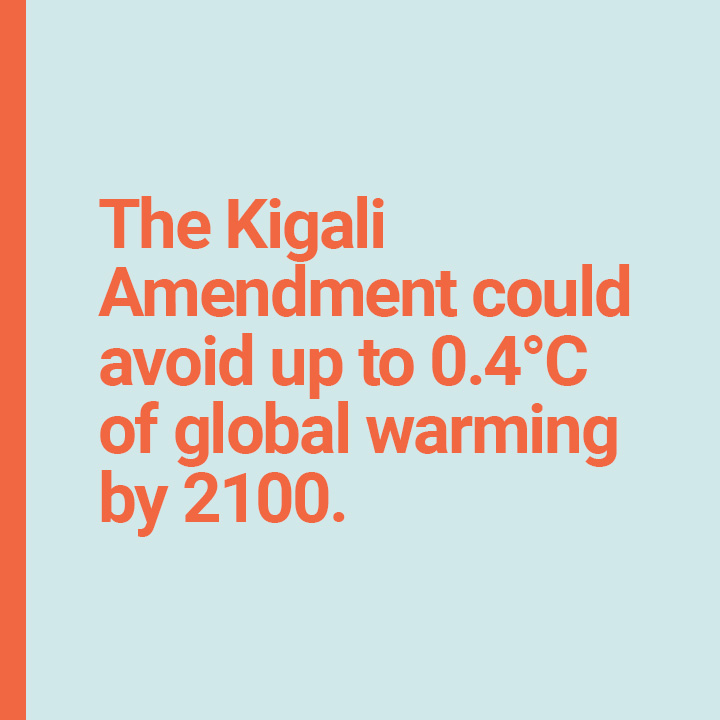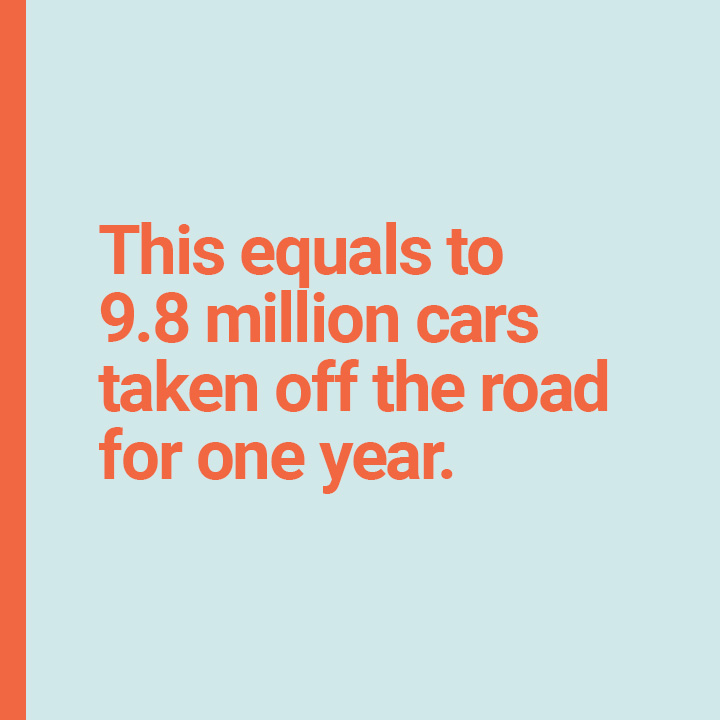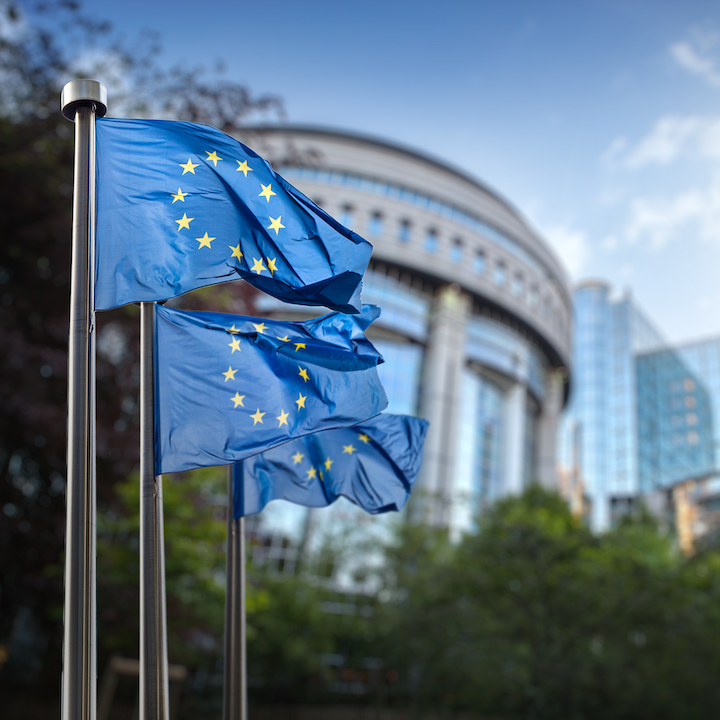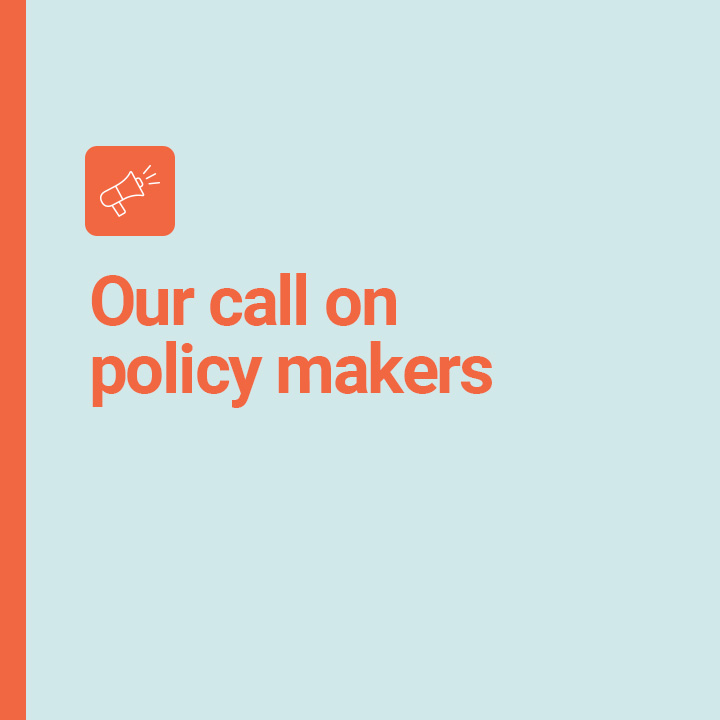The EU & global framework - Count on Cooling
The EU Framework
Clean energy package: to pave the way for a carbon neutral europe in 2050
- Renewable Energies Directive: For more renewables in the en- ergy mix
- Energy Performance of Buildings Directive: For more efficient buildings
- Ecodesign Directive and Energy Labelling Regulation: For more efficient products
- Energy Efficiency Directive: For energy savings obligations
- Governance of the Energy Union and Climate Action Regulation:For national energy and climate plans
- Electricity Market Design Regulations: For a modernised and stable grid
F-gas regulation:
- To reduce emissions stemming from F-gases, so-called fluorinated greenhouse gases (such as HFCs), through a phase- down approach
Market surveillance:
- To ensure that products on the EU market are compliant with legislation
Waste electrical and electronic equipment (weee) directive and restriction of harzardous substances (rohs) directive
- To provide for the creation of collection schemes to increase the recycling of WEEE and/or re-use and requiring heavy metals and flame retardants to be substituted by safer alternatives
Europe’s climate and energy targets
The new EU Climate law enshrines carbon neutrality by 2050 in law. As a major milestone, the intermediate 2030 climate and energy targetes must be increased in order to achieve this ambitious goal. In this context, the EU has agreed to increase the 2030 intermediate greenhouse gas emission reduction target from previously 40% to at least 55%. Higher ambition is also expected for the Energy Efficiency and Renewable targets as essential pillars to achieve greenhouse gas emission reductions.
Read more: Trends and projections in Europe 2019: Tracking progress towards Europe’s climate and energy targets, EEA Report 15/2019
In the EU, direct refrigerant emissions are decreasing
HFC emissions have been decreasing since 2014 with expected emission savings of 71 Mt CO2-eq by 2030¹, in addition to the first F-Gas regulation. But HFCs are only one part of the puzzle
–> CO2 is the main contributor to the EU‘s total greenhouse gas emissions.

We can do it!
The success story of the Montreal Protocol
- The Montreal Protocol is an international treaty to eliminate ozone depleting substances (ODS). But some replacements for ODS contribute to global warming. Therefore, the Kigali Amendment has been introduced to address these replacements (HFCs)
- The Kigali Amendment could avoid up to 0.4°C² of global warming by 2100.
- High energy efficiency, renewable energies and an integrated approach for heating & cooling could further enhance the impact of the Kigali Amendment
The crucial role of energy
CO2 contributes 96%³ to the energy related greenhouse gas (GHG) emissions and 90%³ is from fuel combustion
- 72% of the EU‘s primary energy consumption is still based on fossil fuels
- 29% of the EU‘s electricity production is based on renewables
- 18% of the EU‘s final energy consumption is based on renewables
How to reduce C02 emissions
- Energy efficiency needs to increase
- Fossil fuels in the primary energy mix must be reduced substantially
- The share of renewables in the electricity mix and in final energy consumption needs to further increase


What savings with existing measures?
With the current Ecodesign measures for room a/c, central cooling, commercial refrigeration and professional refrigeration, the annual emission savings in the year 2030 are expected to be 156 TWh Primary Energy⁴. This equals to 9.8 million cars taken off the road for one year.
What‘s standing in the way?
EPEE welcomes the new Energy System Integration Strategy and Renovation Wave as essential signposts to overcome current hurdles. The expected “Fit for 55 package" will be a major milestone to fill these initiatives with life.
Low political awareness
- Potential of cooling and an integrated approach with heating not recognised at political level and by public authorities
Low market awareness
- Professionals and households ignore the potential of cooling and its integrated approach with heating
Few drivers
- Only few incentives for households and business to invest into cooling and integrate it with heating
Siloed approach
- Cooling and the wider energy systems, including heating, are not sufficiently linked and not considered as a sector in its own right
Lack of skills
- Not enough skilled installers to address growing needs
¹EEA, Heating and cooling degree days 2019
²UNEP , Ozone Action
³EEA, Greenhouse gas inventory
⁴European Commission, Ecodesing Impact Accounting 2018



